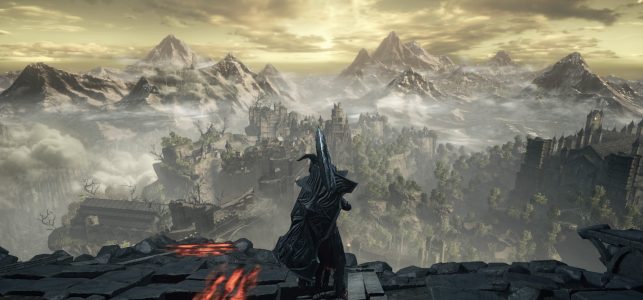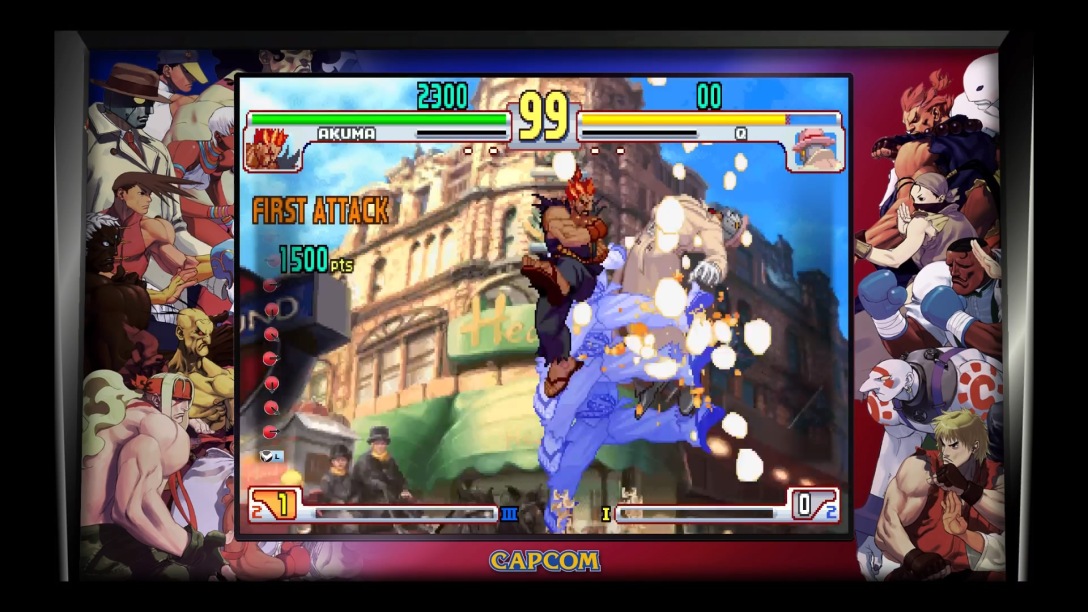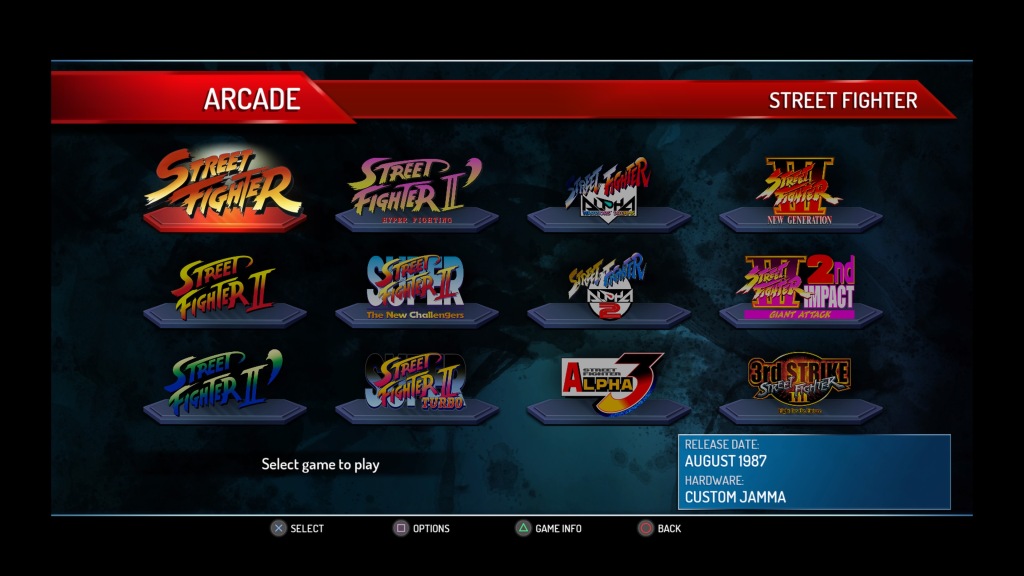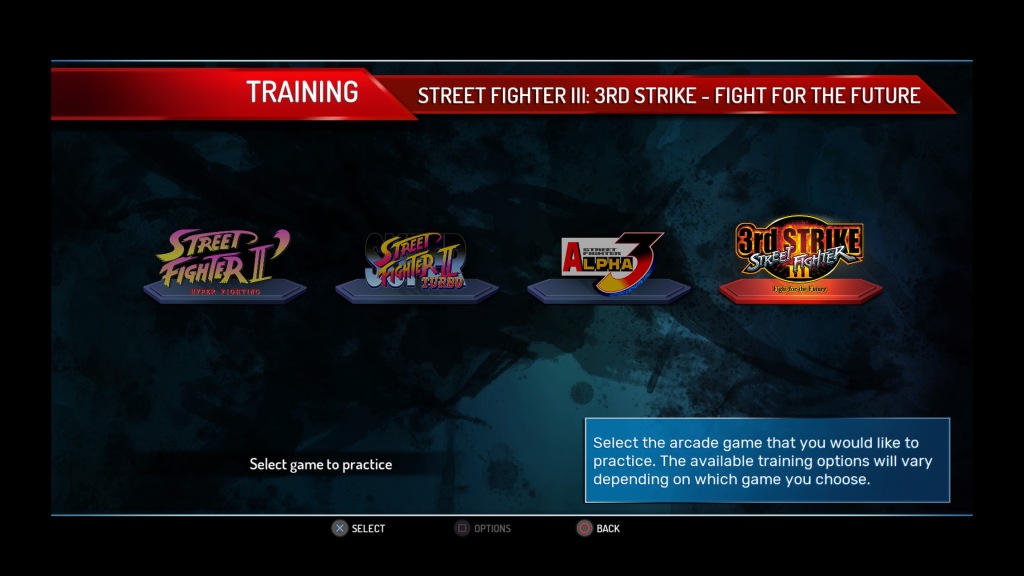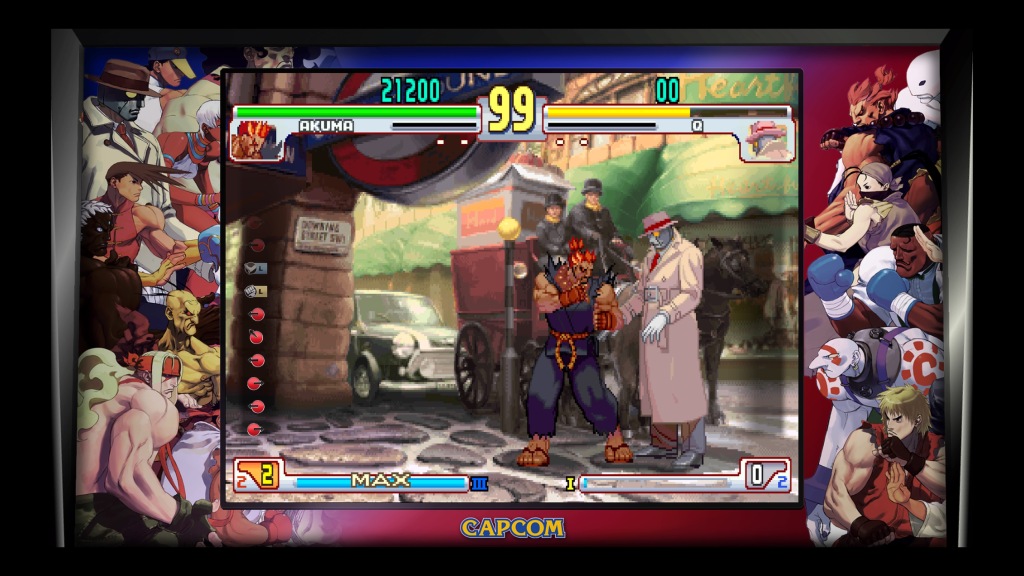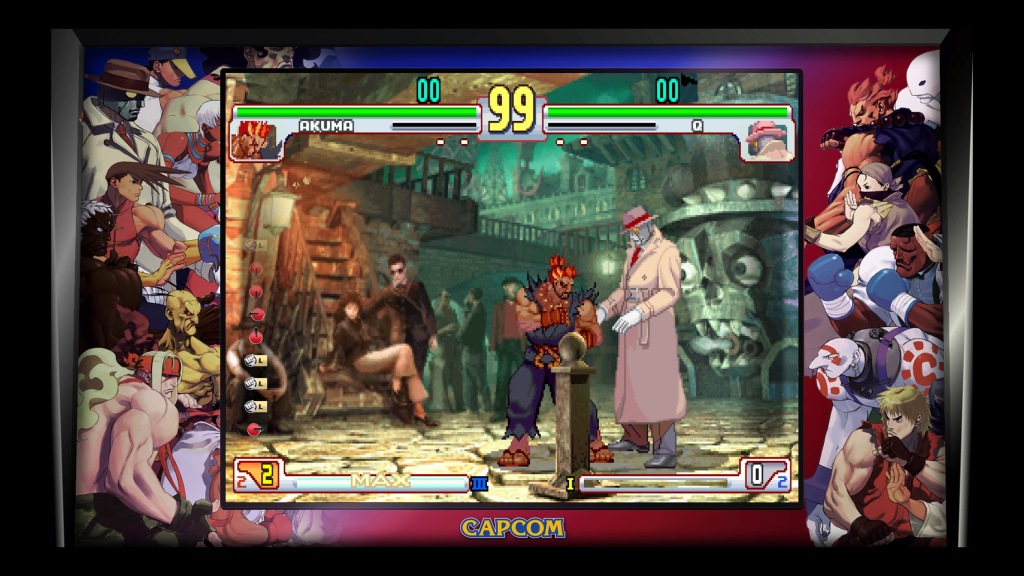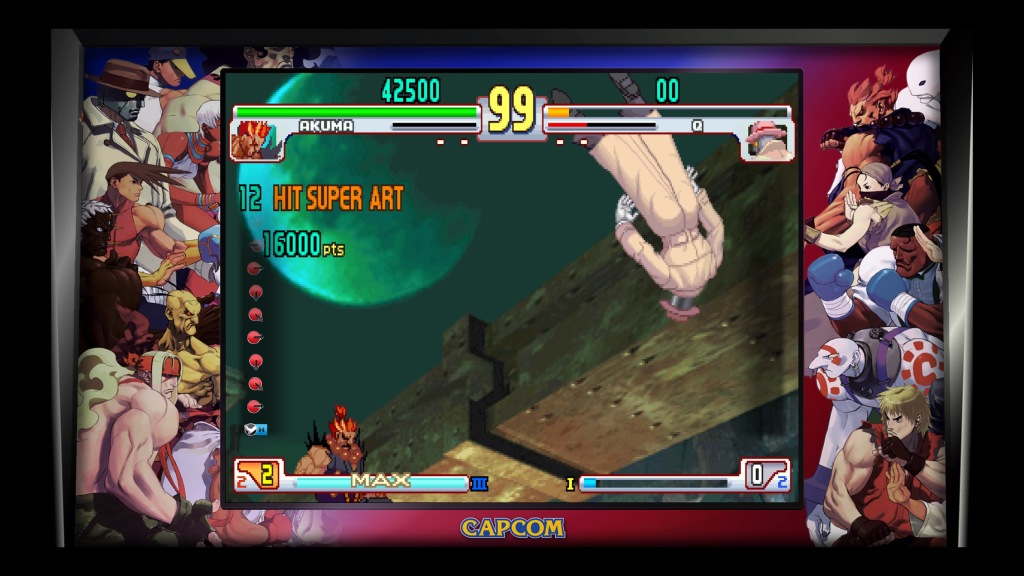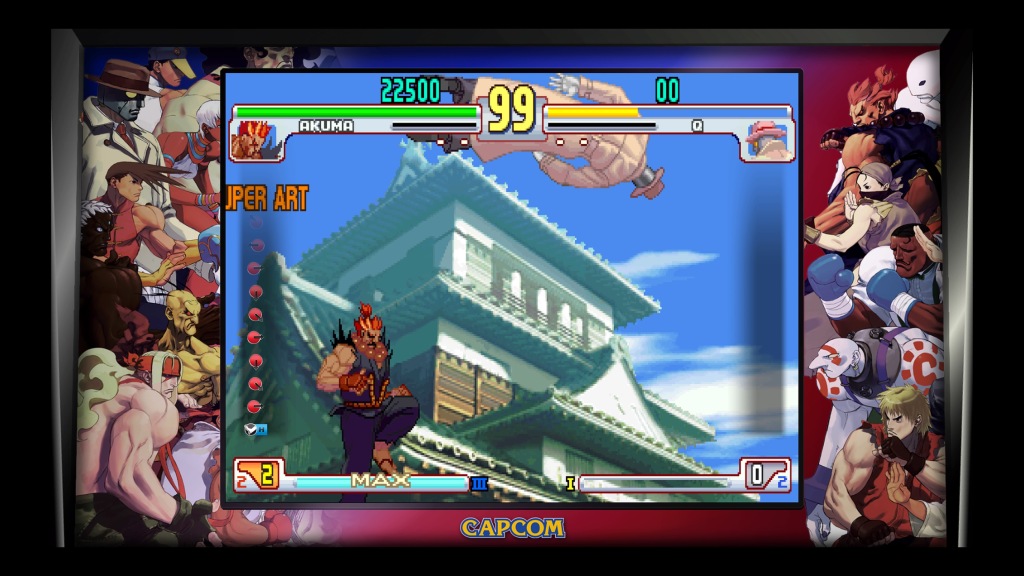There’s one thing that amazes me about people in high level sports. Well, lots of things about them amaze me. For the purposes of this post however, the thing I’d like to highlight is selective amnesia. That is, the ability to forget about mistakes made (however recent or distant) and just get on with the situation before them.
Most of this post is going to be mopey, so I put in stuff of me doing well to remind myself that, you know, I can play and do cool stuff.
I’m a dweller. I tend hang on to things. Often things I have messed up. It’s been in my life for a long time. This isn’t great for competitive games. Inevitably, mistakes will be made when playing matches. These can be input mistakes, strategic or tactical mistakes or simply absent-minded errors. They are going happen. They happen to or are made by the most skilful players. Sometimes they have limited consequences, sometimes they result in dropping $150,000 dollars. They can be rough. Luckily my mistakes don’t have those consequences though.
However, you must keep playing after the mistake. You need to somehow push past it, not let it bother you and keep on trucking. I honestly wish I knew how people do that. It’s something I wish I could do. I’ve been trying recently. I used to do it a lot when I invaded when doing Souls PVP. It got to the point I could and would drag up invasions from a year, two years before and wonder what if I just dodged instead of going in?
You can imagine how this vibes with fighting games. There are more matches. There are more chances to make mistakes. That’s more mistakes to hang on to. A whole bunch of them. From input mistakes to mistakes handling meter to mistakes in the neutral to mistakes guessing on strike/throw. Hell, I can still remember the first time I had a chance to go up to floor 10, vs an Ino player. I had the perfect chance to win with Kenjyu – I fumbled it. The I hung onto it, lost the second match and by the third match my headspace was shot to bits. All because I clung onto a mistake.
Lately though, I’ve been trying to rectify this. Well, gradually rectify this. Because while it’s a little better, there are still lapses and relapses. The thing that got me to have a serious think about it was of all things, a set in the Park. The Park shouldn’t be an issue. No ranking points at stake, just fun matches. 4 matches against a Johnny player. Finished 2 – 2. But I made so many errors in those last 2 matches that, well, afterwards I just stood there in the Park for 20 minutes. Just stood there ruminating, stuck in my own feelings, wondering why I messed up. Afterwards I tried to fight someone else, but my head wasn’t there, and they were also way better than me. Ended 0 – 5 and then I dragged myself off to sleep.
I just started playing more and more matches. Obviously, I still had to think about things – how to fix the little things, what to keep doing, what to stop doing – but I tried to spend less time feeling sorry and more time just playing. It was working. It’s not like I suddenly turned into Mocchi or something, but more time playing the game and less time moping led to more having fun.
Then the relapse. After a few fun days, I went to the Park and did two first to ten’s. They didn’t go great. One against a Nago and one against a Johnny player. Sandwiched between was two small sets against a Ramlethal and a Slayer – won those 2 – 0 each so that wasn’t bad. The Nago set finished 1 – 10 and the Johnny set finished 0 – 10. The Nago set got to me because, well, 1 – 10 is never great but there were 4 or 5 matches that went down to the wire. I could have flipped them. But in the end could of’s count for nothing. But I hung onto them. Then came the Johnny set. The first 5 matches, again, were close run. And again, I clung onto that instead of what was in front of me and stopped playing well. I made the same mistakes over and over and over. Then I got inside my head, stayed up way too late and had a sad bus trip to work.
For the record, I ain’t mad at the people I’m playing. It’s me I’m cranky with. Not their fault I’m messing up. You take any chance you get to capitalise on a mistake. I’m just frustrated that I keep making them. My opponents are just taking advantage of it.
Now I’ve written this out (it does help), I can’t help but wonder why I’m doing this. The lingering, not the game playing. When I’m not being my own worst enemy the game is fun. Super fun. Some of the most fun I’ve had ever. And in the grand scheme of things, what do these mistakes mean? Does missing a meaty timing mean I’m utterly worthless? Will wrongly inputting a super cost me all my friends? Am I going to die because I messed up on an opponent’s mix up? Answers are (extremely) not likely to a flat no. I shouldn’t be stressing about this stuff. I mean, I want to get better and that does require some self-reflection but there’s no point in driving my self-esteem through the floor. If I do find that happening, I should just put the game down and do something else. Anything else. Some funks can’t be shaken in the moment. All it means I’ve had a bad session in Gear. That’s it. Nothing more, nothing less. There’s no need to carry that everywhere. And sometimes an opponent is just better than me – no shame in that. Just roll with it and try to learn.
That being said, it does take time to change thought patterns and behaviour. I could still find myself dwelling on the bad stuff. I’ll just have to remember to call myself out when I do it, recognise when it’s coming on and work on minimizing its impact, (hopefully) getting to the point it won’t bother me. I mean, it might still be there, but it won’t bother me.
And I’m guessing I’m more likely to make progress when I’m feeling happy about the game rather than being mopey about the game. Those mistakes? Let’s call them learning opportunities. More I learn the better I can be. And celebrate the fun stuff I do. I’m not the best Baiken ever (nor will I ever be) but I still do cool stuff, and it’s worth thinking those things too.
Notes and Asides:
While writing this, Sajam made another video on this subject. It’s worth a watch.
I think I’m going to start saying Aw dangit.
